(BPT) – When it comes to diet, there seems to be a constant stream of extreme, contradictory advice out there. A news report may say one kind of food is “deadly,” while superfoods are promoted by social media influencers. The result: If you’re concerned about health, you may be sacrificing flavor and cutting back on foods you love—without reaping any rewards.
But what if instead of eating less, you could live a long, healthy life by eating more?
That’s exactly what Dr. Michael Crupain says everyone should be doing. As a board-certified preventive medicine physician with a personal mission to make the world a healthier, more delicious place, Crupain has spent decades studying biology, nutrition, and health in the halls of academia while also honing his culinary skills in top restaurant kitchens and alongside home cooks around the world.
Now, he’s combined knowledge from both worlds into a new cookbook, The Power Five: Essential Foods for Optimum Health, published by National Geographic. Filled with over 75 recipes, The Power Five will help you eat more delicious foods and improve your health at the same time.
What are the Power Five foods?
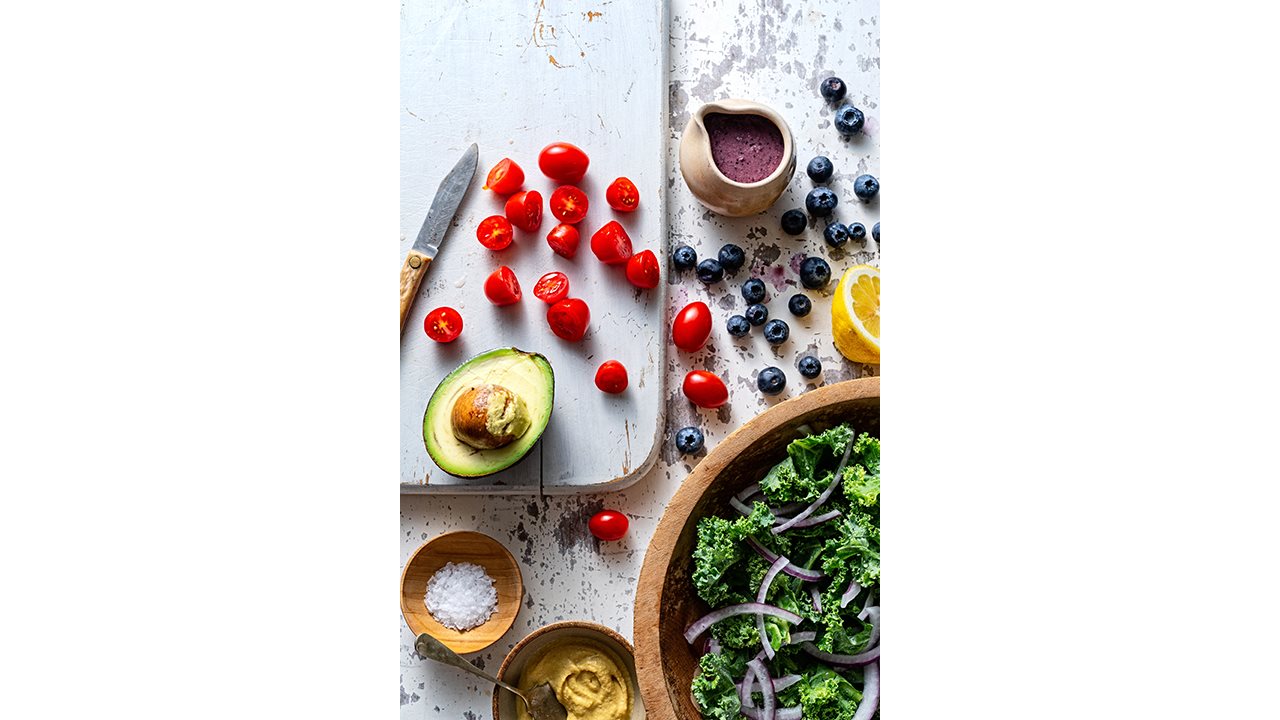
1. Fruits and vegetables for life
According to the U.S. Department of Agriculture, most people eat only about half the recommended amounts of fruits and vegetables. That’s why Crupain turned his kitchen into a lab, studying techniques from grandmothers and master chefs to develop recipes with flavor and texture combinations to help home cooks turn vegetables into mouthwatering meals.
“Increasing fruits and vegetables in your life starts with finding the best in-season ingredients and learning simple techniques to transform them into dishes even the pickiest eater will enjoy,” says Crupain. “These recipes let you tap into the science of longevity and include more powerful, nutrient-dense foods in your life. Fruits and vegetables are loaded with fiber, antioxidants, vitamins, and minerals to power your cells and lower the risk of heart disease, stroke, diabetes, other inflammatory diseases, and even some cancers.”
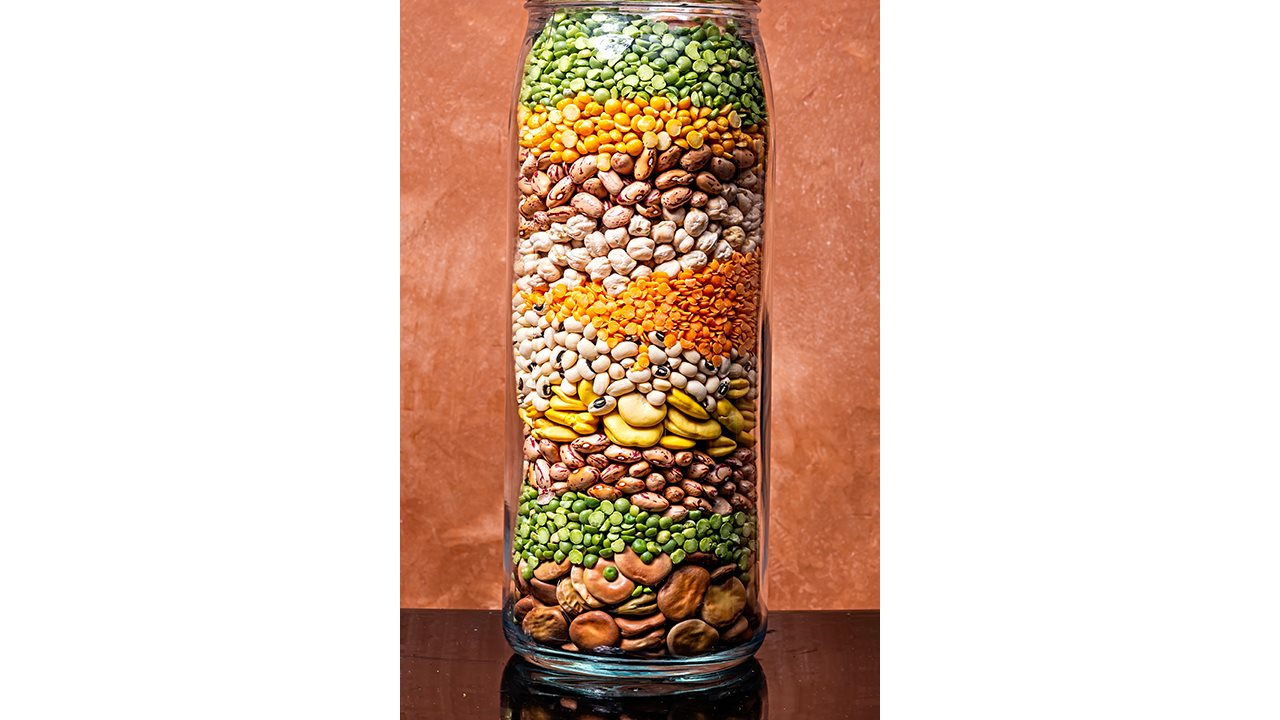
2. The magic of beans
This member of the Power Five is often associated with magic, and while they may not be supernatural, they are a powerful protein source. Beans are rich in antioxidants and healthy fiber, and they also feed the good bacteria in your gut that transform them into other nutrients important for health. Impressively, beans power the diets of the people who tend to live the longest around the world.
Beans are also versatile because there are so many kinds—over 400, actually. With all this diversity, Crupain says it’s easy to find something to love.
“Whether you choose canned beans or the amazing varieties you can find dried, beans can be added to almost any dish,” says Crupain. In The Power Five you can find them in recipes substituting for chicken, in a creamy sauce, or as a complement to pastas.
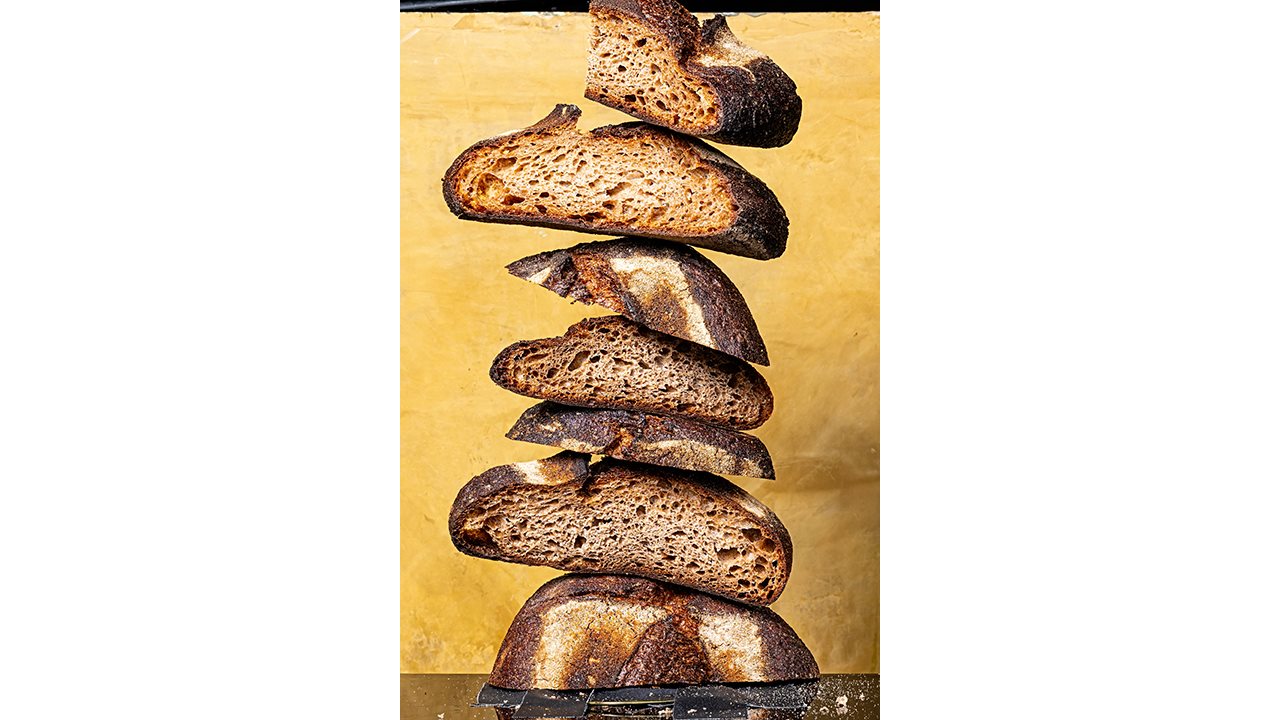
3. Whole grains you can love
With so much anti-carb sentiment in the media, you may be surprised—and excited—to learn that a nutrition expert wants you to eat more bread and pasta. According to Dr. Crupain, our bodies quickly turn the refined grains we usually eat into sugar, which promotes inflammation and easily becomes excess calories.
But whole grains are different. Whole grains contain layers called the bran and germ, which provide fiber, fats, and other important nutrients. Eating whole grains is associated with a lower risk of high blood pressure, heart disease, and diabetes. In The Power Five Crupain shows readers how to make whole grain pasta, breads, and even desserts that taste more like their refined counterparts than bland health foods. See below for a Whole Wheat Sourdough Lasagna Bread recipe to try.
4. The unique benefits of fish
In general, people eat enough animal products, but that’s not true for fish. Unfortunately, says Crupain, many people just don’t want to eat fish, so he spent months developing tasty fish recipes, creating techniques to help readers access this amazing source of healthy omega-3 fatty acids by maximizing flavor and minimizing effort.
If you eat just one or two servings of fatty fish (think salmon or trout) a week, studies suggest you can decrease the risk of death from heart disease dramatically. Omega-3 fatty acids are also a powerful nutrient for brain development in babies and support the nervous system. Eating fish seems to reduce the risk of stroke and dementia as well.
“Sustainability becomes a big issue when we think about people eating more fish,” says Crupain, “but more sustainable fish farms are helping meet the demand. In The Power Five I teach people recipes for steelhead trout, a fatty fish loaded with omega-3s that’s found in both elite kitchens and at your local grocer. It has a mild flavor, and when you follow the techniques in the book, I guarantee even people who don’t love fish will change their minds.”
5. Big nutrition in little packages: Nuts and seeds
While everyone searches for the next superfood, it turns out some of the most powerful foods come in the smallest packages. Tiny but mighty nuts and seeds are supersized by mounting evidence showing they can lower your risk of heart disease and diabetes. While you might avoid these Power Five foods because they’re relatively high in fat, Crupain says you should be doing just the opposite.
“Nuts and seeds are nutrient-dense foods loaded with good healthy fats,” Crupain notes. “Eating more healthy fats, instead of saturated fats, is associated with lower lousy cholesterol levels and lower risk of heart disease.” Nuts are also a great snack, like one of Crupain’s favorites, California walnuts, which are an excellent source of omega-3s. In The Power Five you’ll discover how to use nuts and seeds to add texture to a dish or even replace cream.
Check out one of Dr. Crupain’s recipes featuring whole grains, from The Power Five:
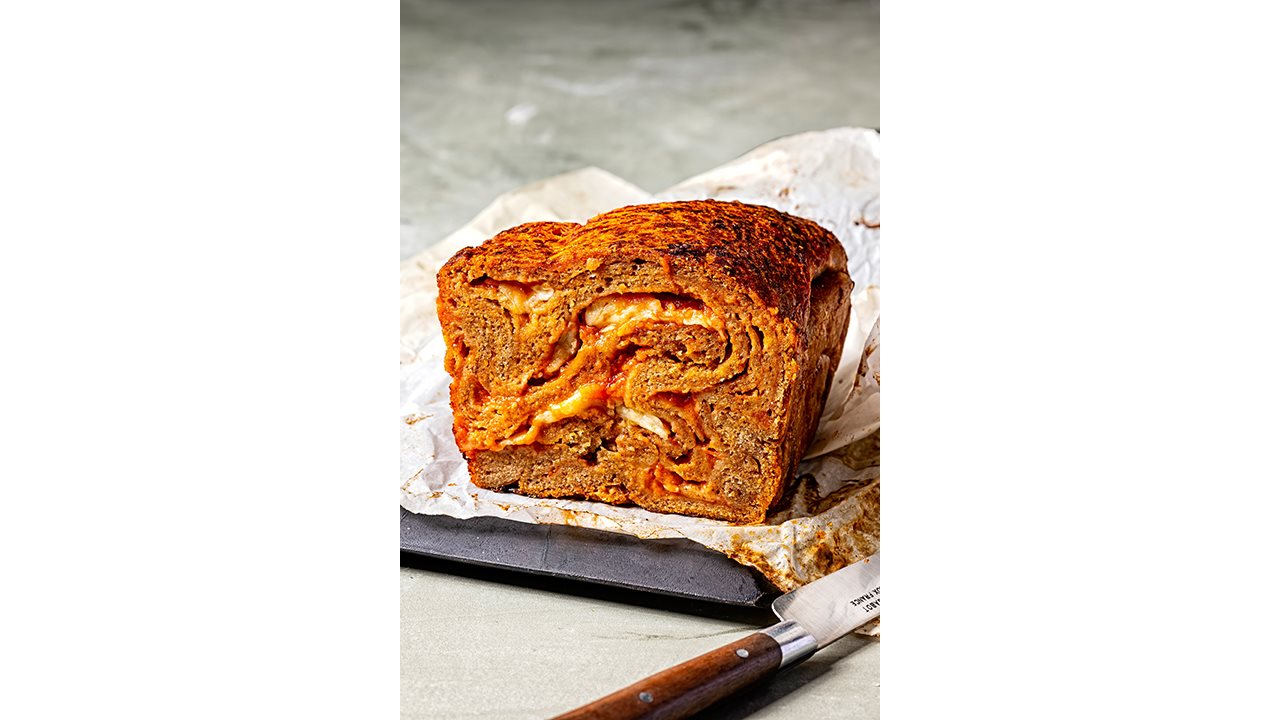
Whole Wheat Sourdough Lasagna Bread
Serves 6 to 8. Prep time: 14 hours. Cook time: 1 hour.
Lasagna is comfort food at its best and is one of life’s great pleasures. This recipe is a bit of a showboater if you want to take your sourdough making to the next level. It gets a bit messy when you’re hiding thin layers of cherry tomato sauce and cheese between bread—but it’s worth it.
Ingredients:
40 grams whole wheat flour
1 tablespoon sourdough starter
50 grams extra-virgin olive oil, plus more for pan
6 grams salt
200 grams whole wheat durum flour
100 grams whole wheat bread flour
2 1/2 cups cherry tomato sauce (see recipe, page 32, or use your own thin tomato sauce)
1 cup grated Parmigiano-Reggiano cheese
Method:
1. Prepare dough: Combine 40 grams of water, the whole wheat flour, and the starter. Let rise until at least doubled (somewhere between 6 and 10 hours, depending on room temperature and your starter. If you do this before bed, it can be ready when you wake up).
2. Combine the fed starter with 150 grams of water. Stir to combine. Add olive oil and salt, and combine. Stir in durum and bread flours, and mix with hands until well combined. Let rest in covered bowl for 30 minutes.
3. Turn dough out onto lightly damp work surface. Knead using slap-and-fold technique by lifting the dough and smacking the end onto the work surface and folding the opposite side of the dough over top. Rotate the dough 90 degrees and repeat the slapping and folding for 8 minutes (check out Breadtopia’s video of this method). Return dough to bowl, cover, and let rest for about the same time that was required to let your starter double in size in step 1 to allow dough to ferment (6 to 10 hours). This dough is stiff, and you may not notice it grow much.
4. Prepare bread: Preheat oven to 375°F. Rub loaf pan with oil and line with parchment paper on all sides. You can use two pieces, one cut to fit the long way and one the short way.
5. Roll dough to 1/8-inch thickness on work surface, aiming for an approximately 24-inch square. Don’t worry if you end up with something irregularly shaped; you can fix it as you fold it up. Rub dough with olive oil, and top with a thin layer of tomato sauce; sprinkle with cheese. Then fold dough in half, creating a rectangle. Repeat layering with oil, sauce, and cheese, and fold in half again so you again have a square. Repeat layering and folding two more times, until dough is approximately the length of the loaf pan. (It’s OK if it’s a little bigger.) Transfer dough to prepared pan (the loaf will be delicate at this point, with so many layers of sauce, so transfer with the aid of a large spatula or bench scraper). Top with light layer of remaining sauce (there shouldn’t be too much left) and cheese.
6. Place loaf pan on parchment paper–lined sheet pan, and place in oven. Bake for 1 hour, rotating pan halfway through. If top darkens too quickly, you can cover with foil. It’s hard to tell when it’s done from looking at it, so use an instant-read thermometer. It should read 212°F when inserted into center. Let cool on wire rack until cool enough to handle. Use the parchment paper to lift bread out of loaf pan or turn over to unmold. Cut into slices, and serve warm or at room temperature.
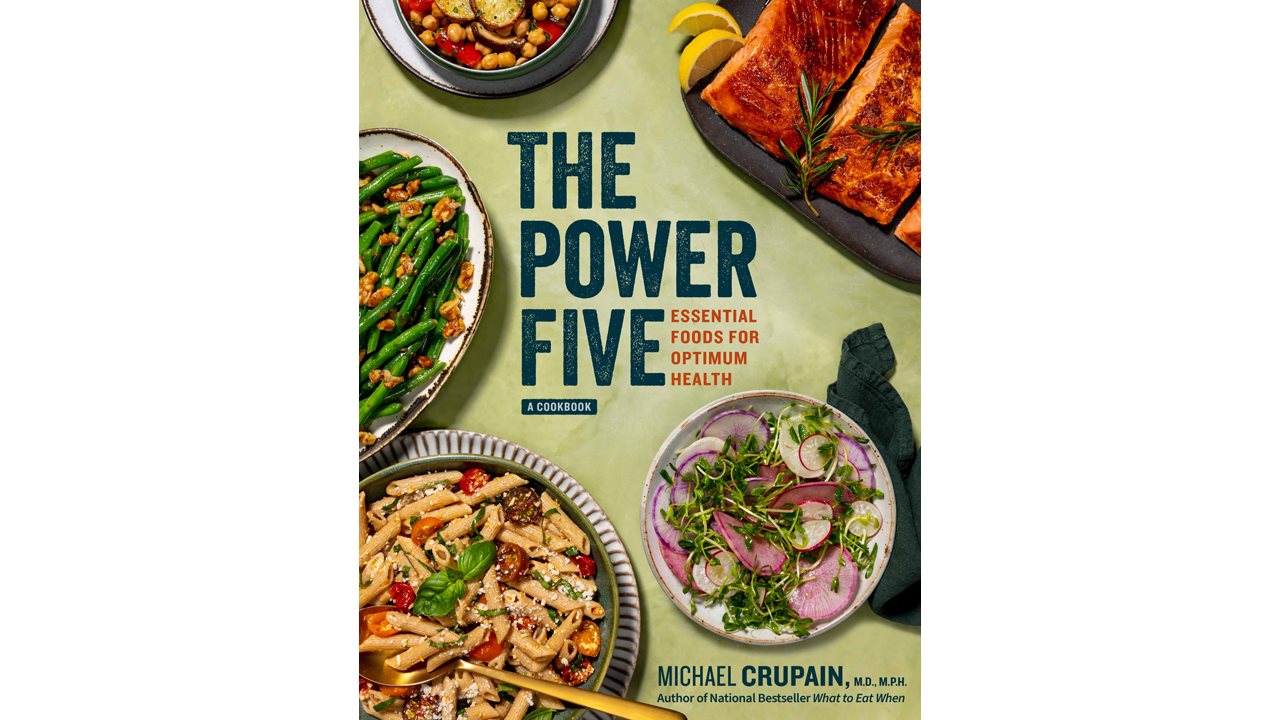
Sound delicious? You can get started on your own journey to better health through eating more by reading Dr. Crupain’s book and trying some of the many recipes in The Power Five: Essential Foods for Optimum Health, available wherever books are sold.
